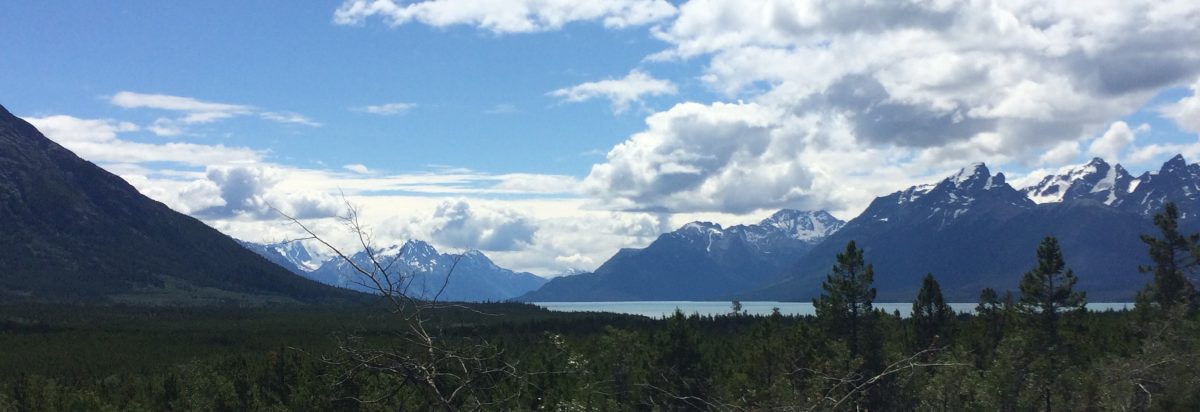In week eight, the class was supposed to split off into their designated groups and try to solve the mystery of the Chilcotin War. So my group got together and started reading the provided information. After some reading we found out that there was a proposal for a road to be built from the lower mainland up to the interior gold fields. The main purpose for this road was to have a straight corridor to Barkerville, enabling the Gold Rush to take a further boom. Angered by plans to build a road through the Hormathko River Valley Tsilhqot’in First Nations initiated a series of attacks including a night invasion on April 29, 1864 on Alfred Waddington’s road crew while they slept in the tents. Due to the fact that these attacks were on a defenseless road crew, the lack of retaliation other than atrial, and the peaceful nature of the road building, it is clear that this was an act of war, but of murder.
Having spent a few weeks in the Homathko Protected Area for work purposes past this summer, I heard stories from locals about this massacre. I work for BC Wildfire Services, and my crews were fighting an area in the Homathko Protected area, trying to safe the trail and memorials from this sad event. The story I heard was that Alfred Waddington came to the now Mount Waddington area to build a road for easy access from the lower mainland and the USA to the gold fields in the interior of British Columbia. The indigenous people of the Homathko area were resisting because the road would disrupt their culture and beautiful land. They showed their anger by killing men of Waddington’s road crew while they were camped at night.
Although it is a very sad event that took place, the indigenous peoples were trying to protect their land from the incoming European threat. The website is a good source for evidence on the events that I heard from the locals of the Homathko Area.
Our interpretation was a result of the understanding of primary documents including, newspaper articles outlining the events of the attacks, A Survivor’s Account, The Daily British Colonist’s Dreadful Massacre, and The Daily Chronicle’s Letter from Bute Inlet. Each source contains specific details of the events that helped to support our interpretation. In choosing sources we decided to use a number of newspaper articles. During the 19th century newspapers served as the richest source of information. In addition, newspapers provide a holistic view of the event as well as the personal accounts of people involved. By looking at multiple sources, we were using a ethno-historical approach and gathered accurate information.
In much of Canadian history, indigenous peoples are viewed as victims, constantly driven out of their territories by incoming settlers. The events of the Chilcotin War bring to light the resistance of the indigenous people and their willingness to fight back to defend their land. However, some unanswered questions still remain. Were there any undocumented events that played a role in the attack of the indigenous peoples on the road builders? Were they provoked in any other ways? Were the natives tried fairly, or was there any political injustice?
We may never know the truth behind these events, and as time goes on the specifics of this case become foggier as new sources arise. With more time to invest in research, and additional background knowledge of the events, one could develop a clearer interpretation of these events. However, given our knowledge, we have concluded that the action of the Chilcotin people was equivalent to a massacre.
I had a great time completing this project with my group. Having background information gave us a bit of insight, that made it easier for us to decide it was a massacre. Hearing personal stories about events makes history so much more enjoyable and relatable!

This is a picture I took in the summer out near the Homathko Protected Area, where the Chilcotin War took place. I was standing at our base camp looking south west toward the Waddington Mountain Range.
 Another picture I took this summer, standing on the shores of Bluff Lake. Again I was looking south west toward Mt. Waddington area. So beautiful out there!
Another picture I took this summer, standing on the shores of Bluff Lake. Again I was looking south west toward Mt. Waddington area. So beautiful out there!









